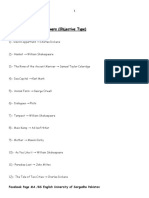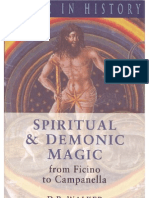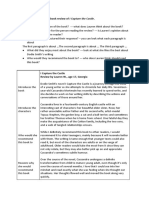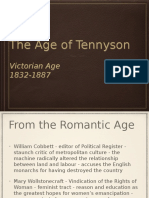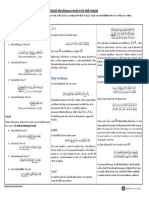0% found this document useful (0 votes)
32 views5 pagesEnglish Language Guide
The document is a comprehensive guide to mastering the English language, covering its history, grammar fundamentals, vocabulary development, and writing styles. It emphasizes the importance of English in global communication and provides practical tips for fluency and proficiency. The guide includes detailed explanations of language components such as phonology, parts of speech, and common grammar mistakes.
Uploaded by
Rachelle Dela CruzCopyright
© © All Rights Reserved
We take content rights seriously. If you suspect this is your content, claim it here.
Available Formats
Download as DOCX, PDF, TXT or read online on Scribd
0% found this document useful (0 votes)
32 views5 pagesEnglish Language Guide
The document is a comprehensive guide to mastering the English language, covering its history, grammar fundamentals, vocabulary development, and writing styles. It emphasizes the importance of English in global communication and provides practical tips for fluency and proficiency. The guide includes detailed explanations of language components such as phonology, parts of speech, and common grammar mistakes.
Uploaded by
Rachelle Dela CruzCopyright
© © All Rights Reserved
We take content rights seriously. If you suspect this is your content, claim it here.
Available Formats
Download as DOCX, PDF, TXT or read online on Scribd
/ 5


























































